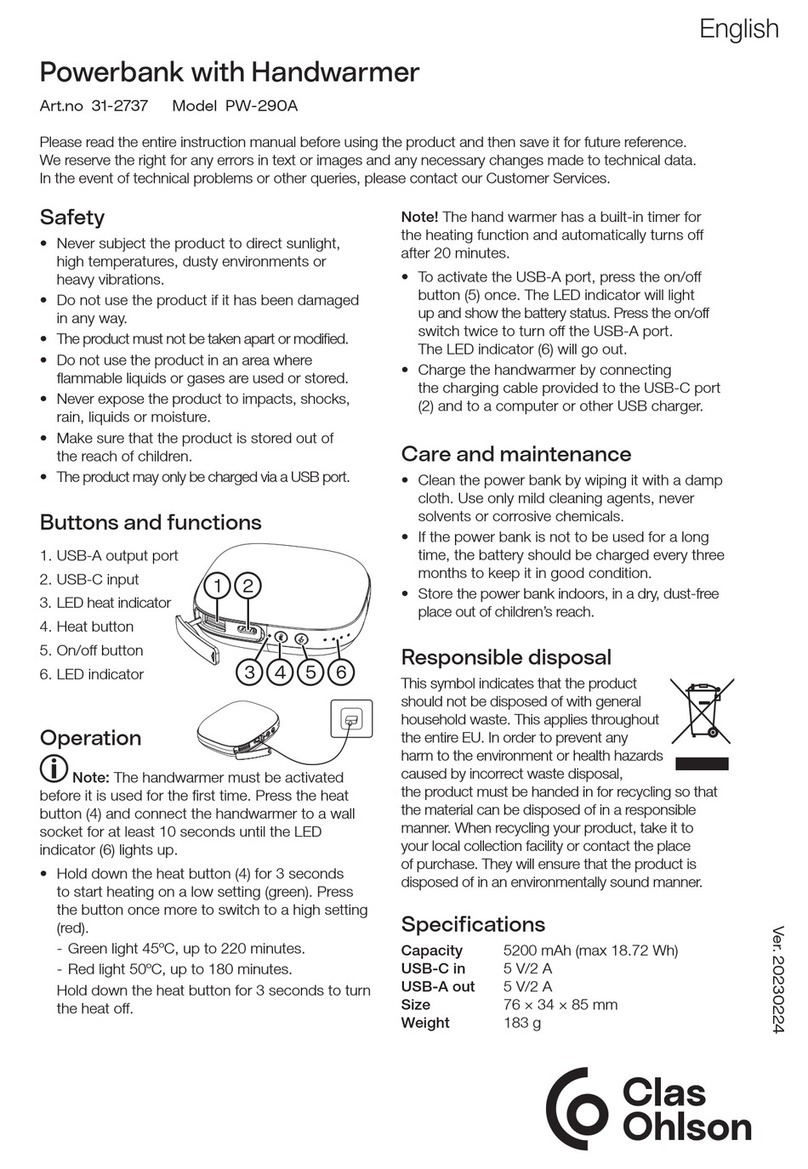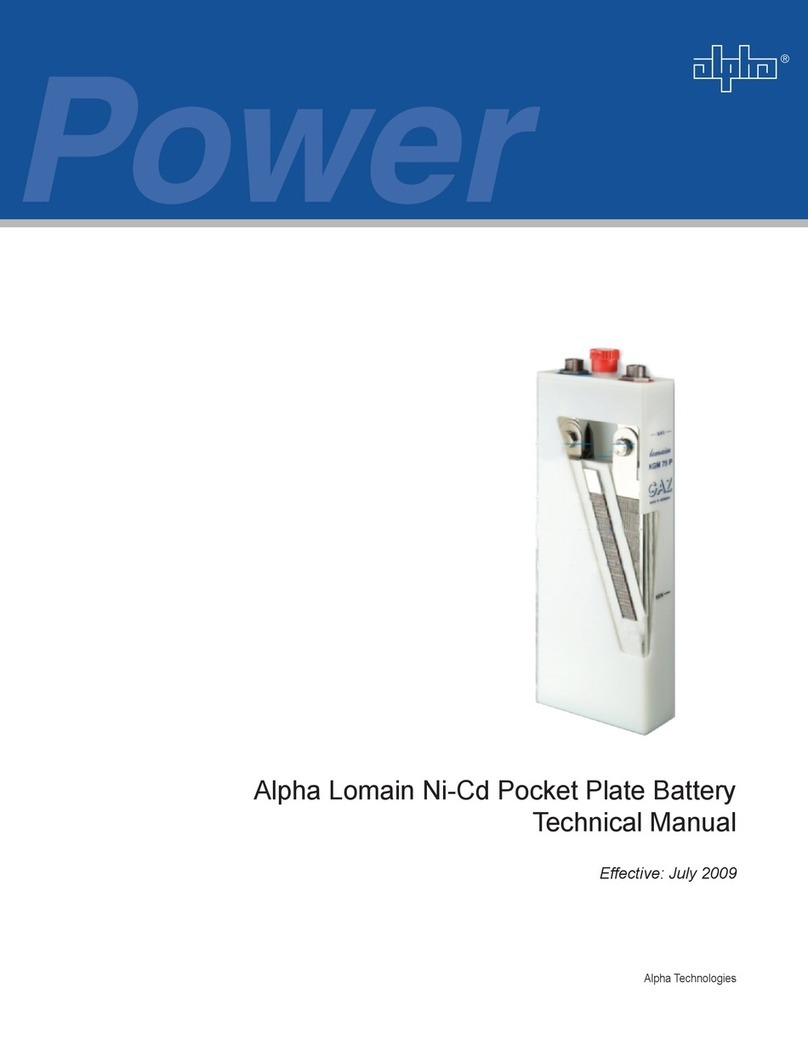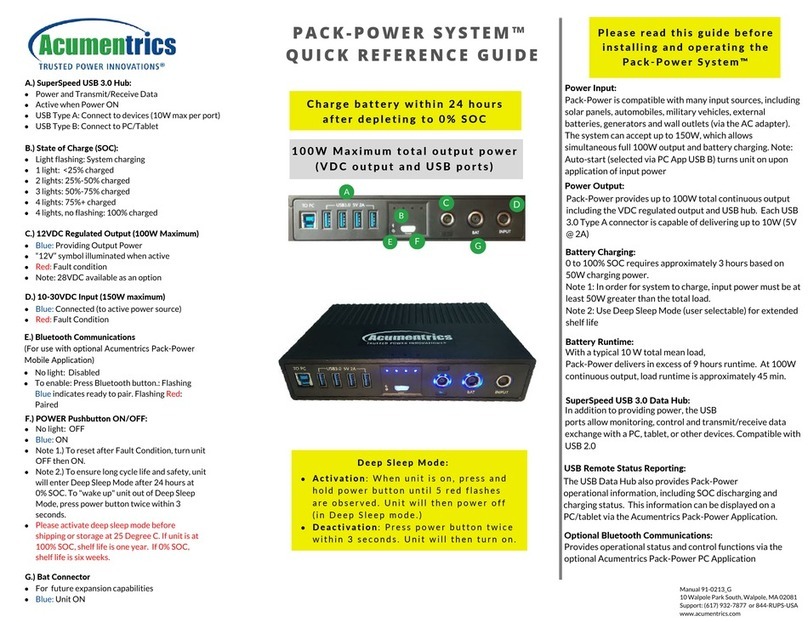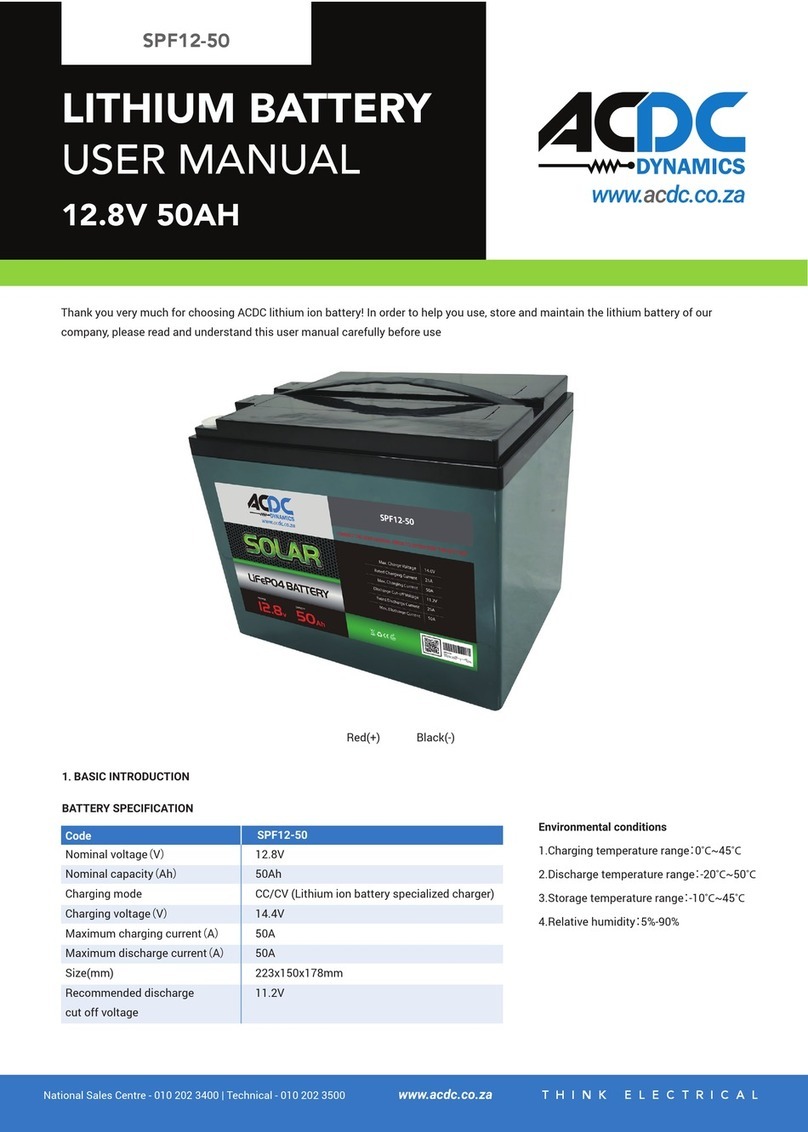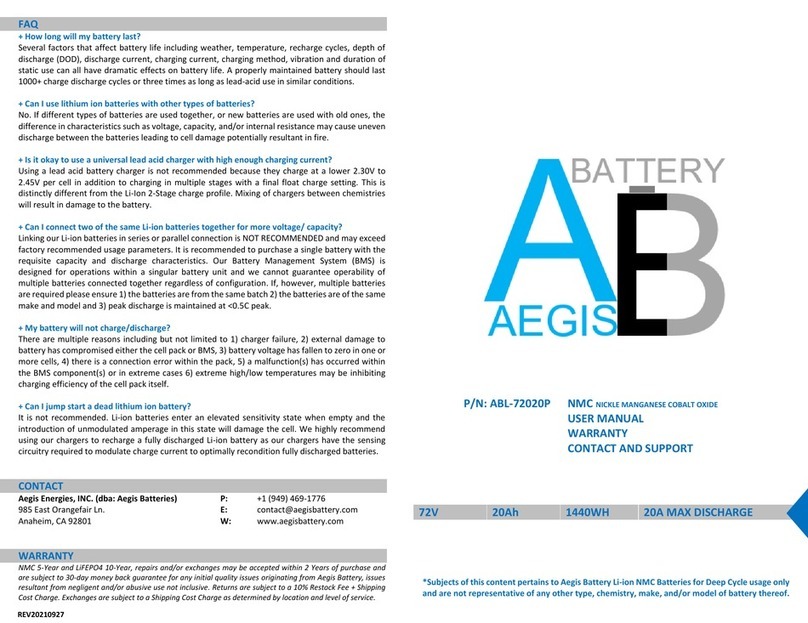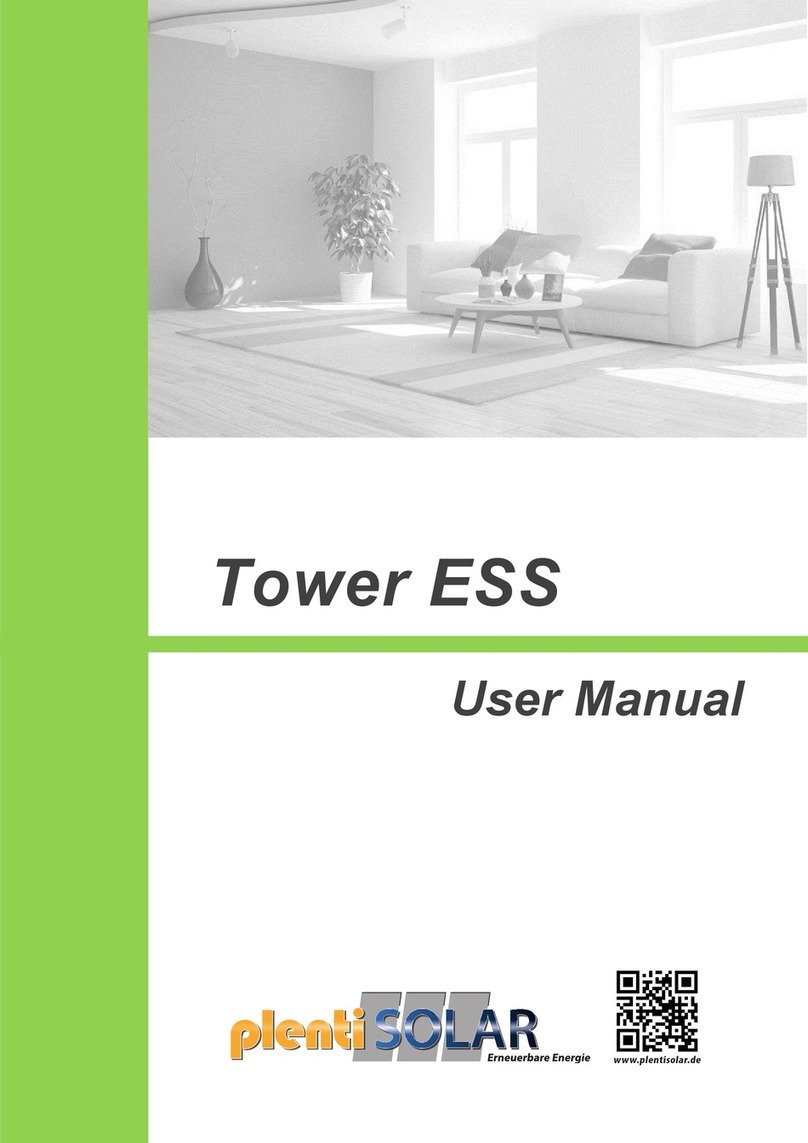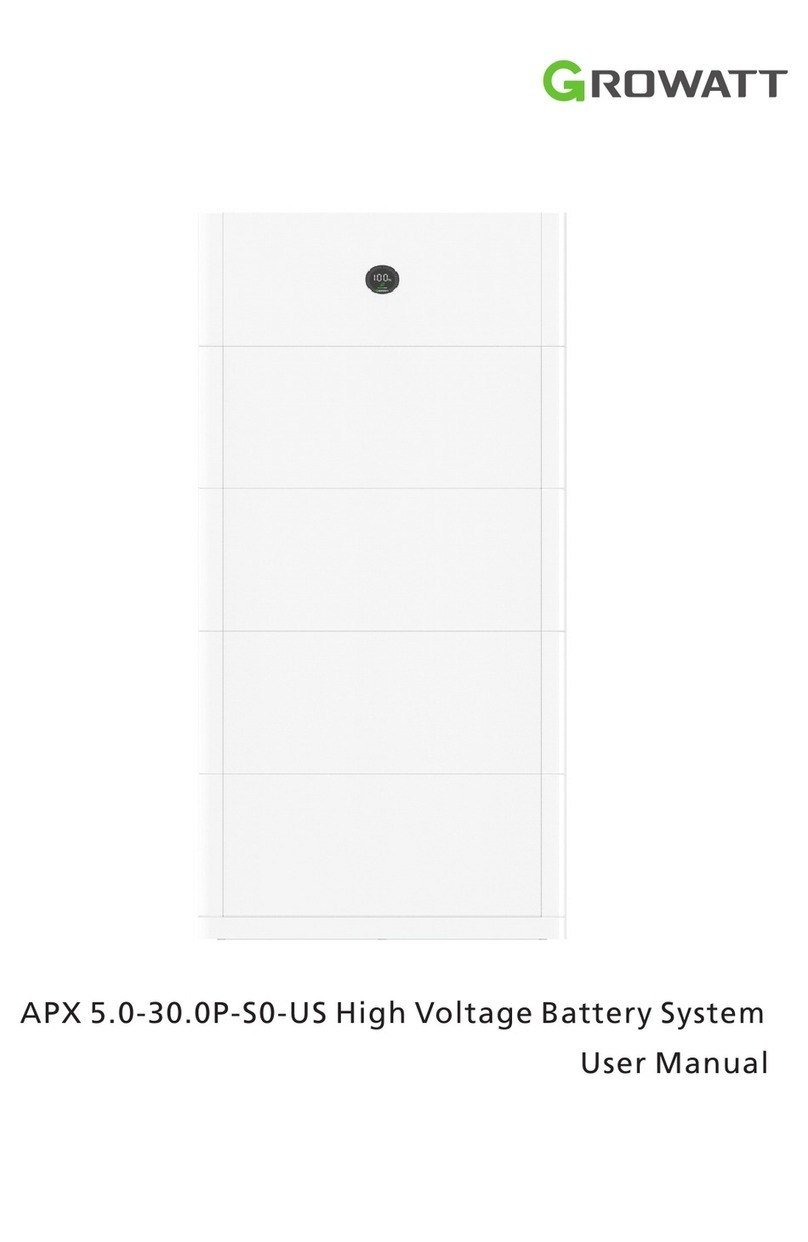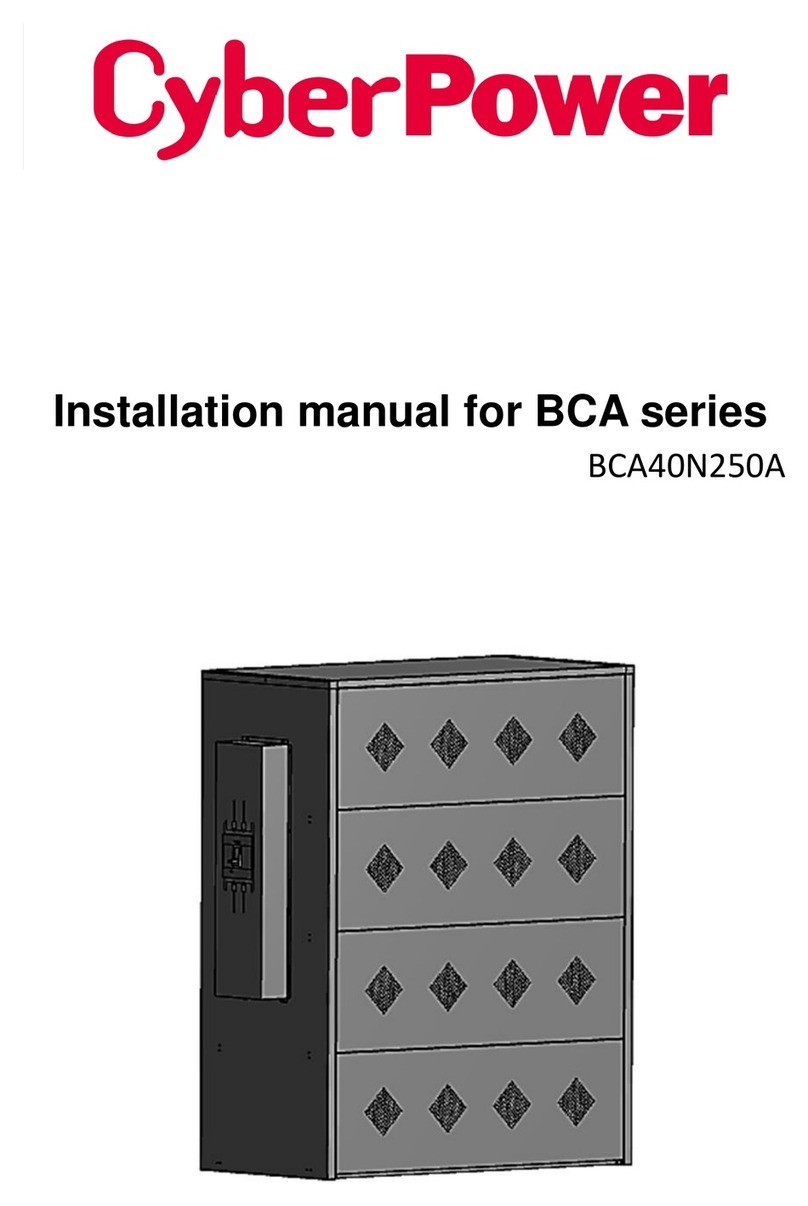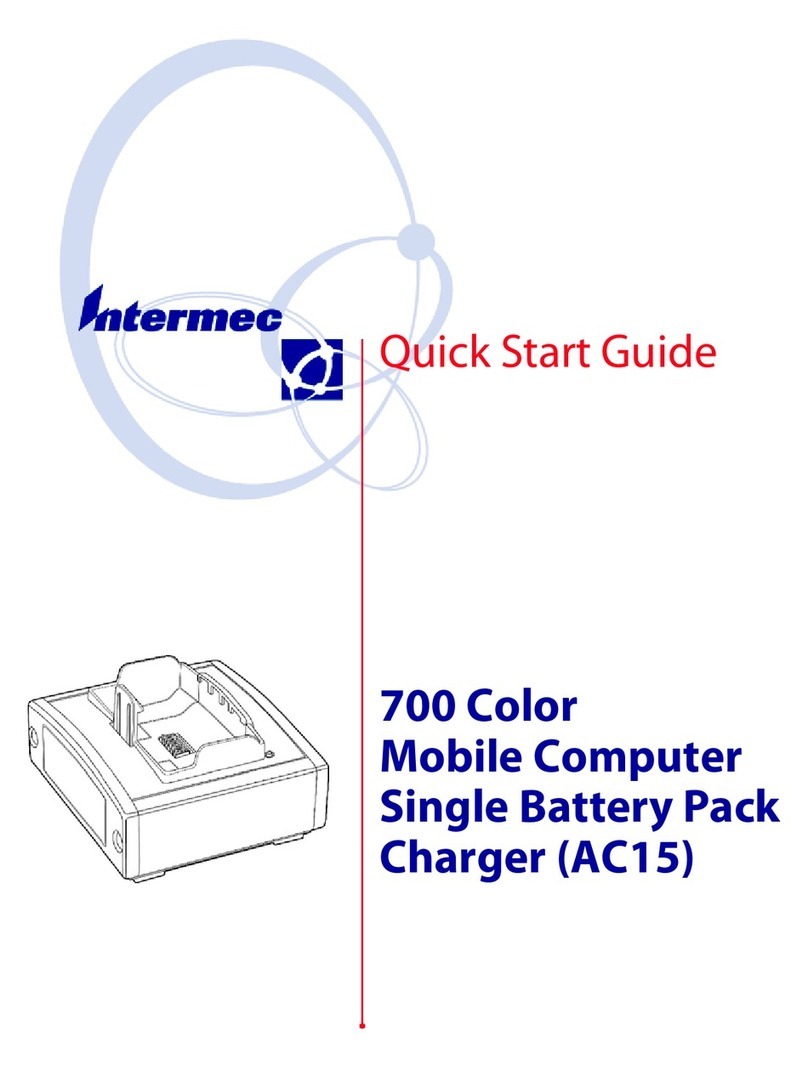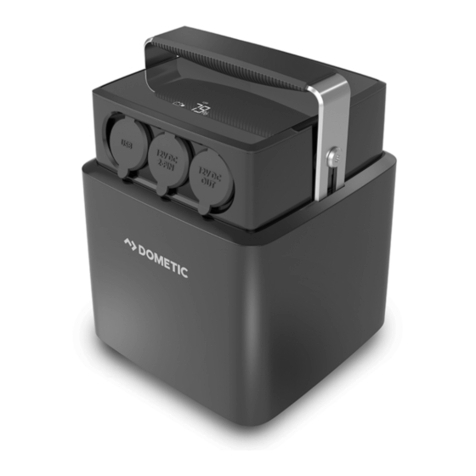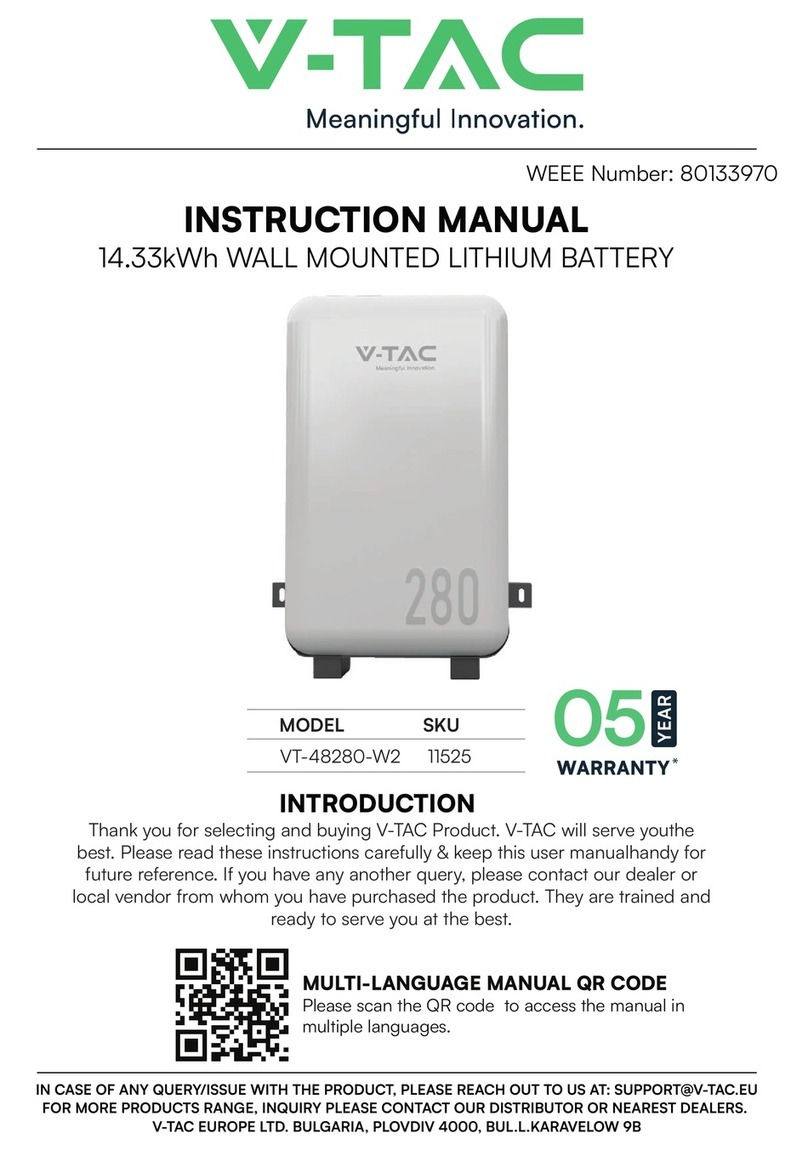
9
745-680-C0-002, Rev. B1
Chemical Hazards
Any gelled or liquid emissions from a valve-regulated lead-acid (VRLA) battery contains dilute sulfuric acid,
which is harmful to the skin and eyes. Emissions are electrolytic and are electrically conductive and corrosive.
To avoid injury:
• Servicing and connection of batteries shall be performed by, or under the direct supervision of, personnel
knowledgeable of batteries and the required safety precautions.
• Always wear eye protection, rubber gloves, and a protective vest when working near batteries. To avoid
battery contact, remove all metallic objects, (such as rings or watches), from your person.
• Batteries produce explosive gases. Keep all open ames and sparks away from batteries.
• Use tools with insulated handles, do not rest any tools on top of batteries.
• Batteries contain or emit chemicals known to the State of California to cause cancer and birth defects
or other reproductive harm. Battery post terminals and related accessories contain lead and lead
compounds. Wash hands after handling (California Proposition 65).
• If any battery emission contacts the skin, wash immediately and thoroughly with water. Follow your
company’s approved chemical exposure procedures.
• Neutralize any spilled battery emission with the special solution contained in an approved spill kit or with
a solution of one pound (454g) bicarbonate of soda to one gallon (3.8l) of water. Report a chemical spill
using your company’s spill reporting structure and seek medical attention if necessary.
• Always replace batteries with those of an identical type and rating (match conductance, voltages, and
date codes as specied in this document).
• Never install old or untested batteries.
• Prior to handling the batteries, touch a grounded metal object to dissipate any static charge that may have
developed on your body.
• Use special caution when connecting or adjusting battery cabling. An improperly or unconnected battery
cable can make contact with an unintended surface that can result in arcing, re, or a possible explosion.
• A battery showing signs of cracking, leaking, or swelling should be replaced immediately by authorized
personnel using a battery of identical type and rating.
Mechanical Safety
• Keep hands and tools clear of fans.
• Fans are thermostatically controlled and will turn on automatically.
• Power supplies can reach extreme temperatures under load.
• Use caution around sheet metal components, especially sharp edges.
• Depending on the model, batteries can weigh anywhere from 25 to 100 pounds (11kg to 45kg). Exercise
care when handling and moving batteries. Use proper handling equipment.
WARNING!


